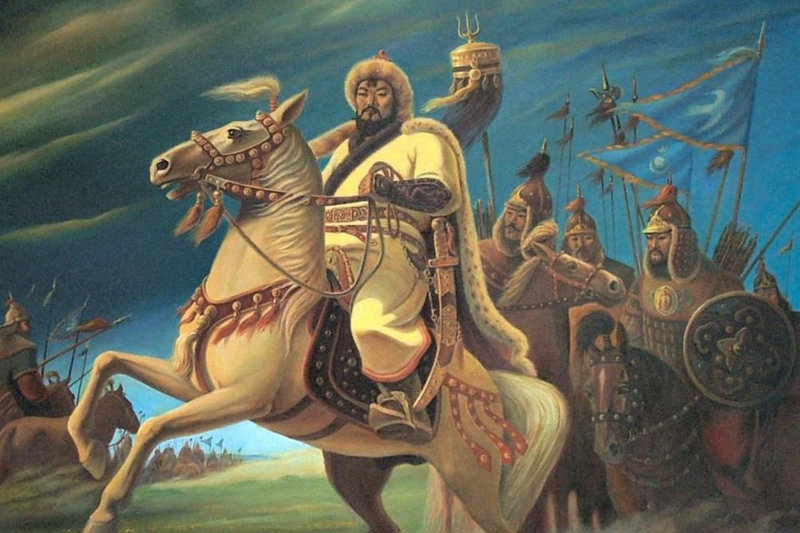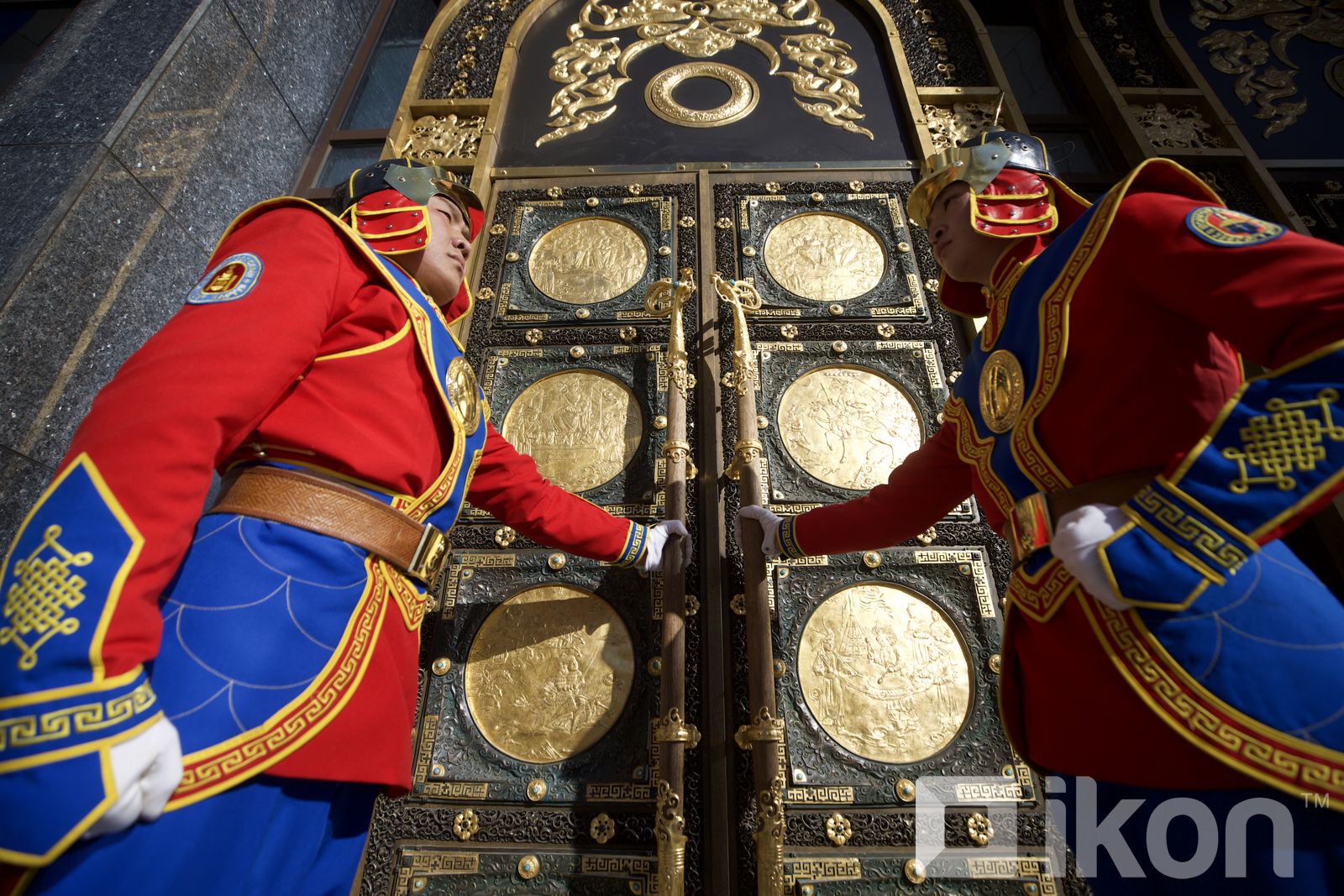Brief History of Mongolia
-
-Genghis Khan was born in 1162 (childhood name is Temujin)
-
-In 1206, founded the Mongol Empire, a great empire spanning from Western Asia and Russia to Central Asia, Mainland China and Europe. After his death in 1227, Mongol armies attacking other countries and they returned to their territory, and the Mongol Empire began to dwindle.
-
-He has four children: Zuchi, Chagadai, Ogodei, and Tului. Ogodei, who came to the throne after Genghis Khan, founded the capital of Mongolia, Karakorum.
-
-Kublai Khan, the son of Tului, the grandson of Genghis Khan, moved the capital of Mongolia to Beijing and captured all of China, Thailand, northern Burma, Shawa, Sumatra, and the islands of Japan.
-
-The travel records of Karbini, Luburuk, and Marco Polo, who traveled to Mongolia during the reign of the Mongol Empire in 1259, have become important historical documents.
-
-By the end of the 17th century, Western Mongolia and eastern Mongolia had fought hard against each other, resulting in the rule of the Mongol Dynasty.
-
-In 1911, the Qing dynasty was overthrown by the Xinhai Revolution and the Mongolian state became independent.
-
-In 1921, Mongolia won the people's revolution and became the second socialist country in the world.
-
-In the 1939 Nomonhan incident on 5 January, the Japanese Kwantung Army and the Soviet-Mongol allies collided. But the war was won by the Mongol and Soviet armies, and after the Second World War, Mongolia entered the communist system, and relations with capitalist countries disappeared.
-
-The democratic revolution of 1990 brought Mongolia to democracy, destroyed the communist system and allowed it to communicate freely with many countries around the world.


